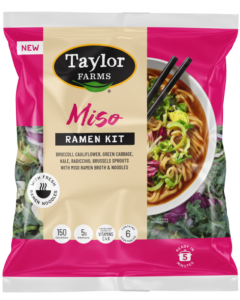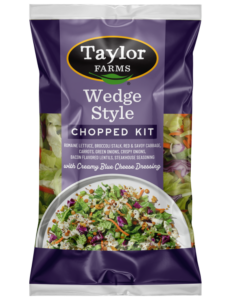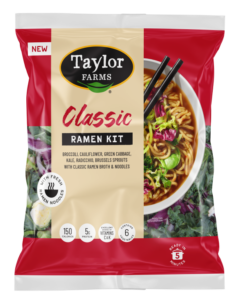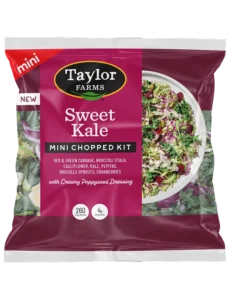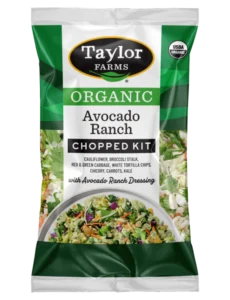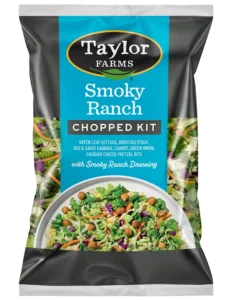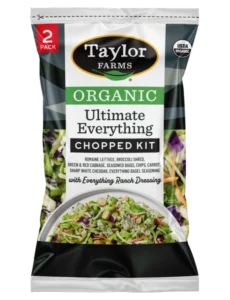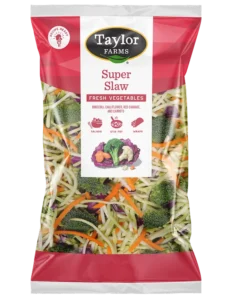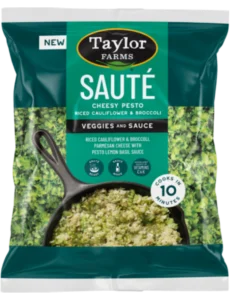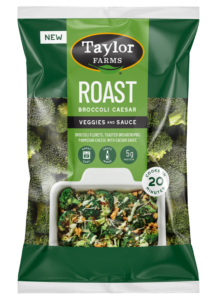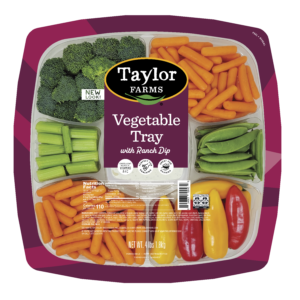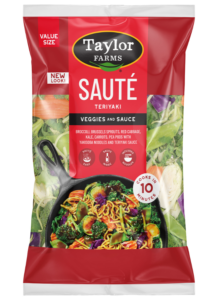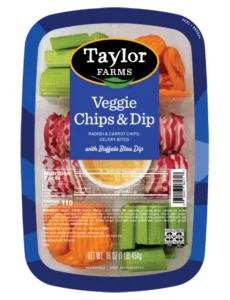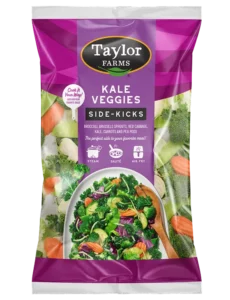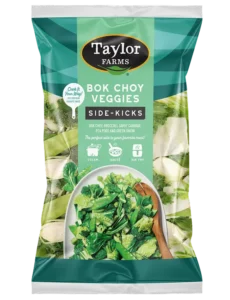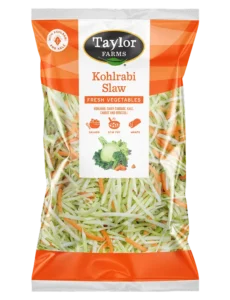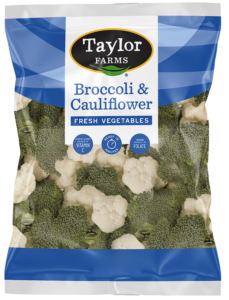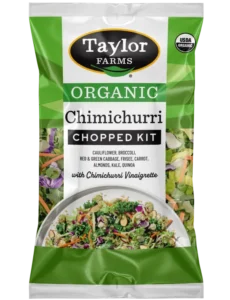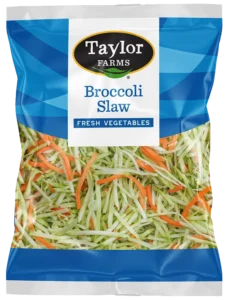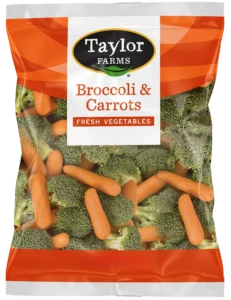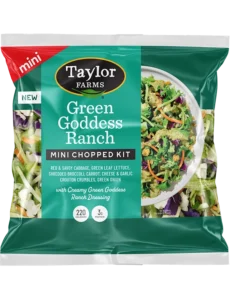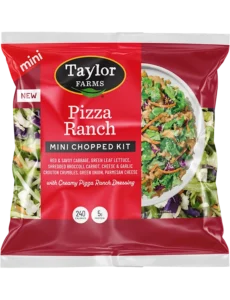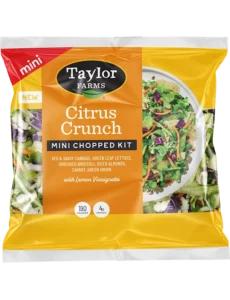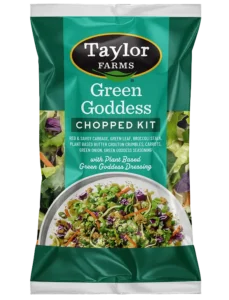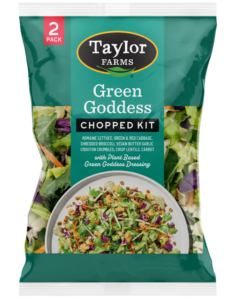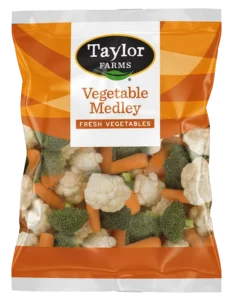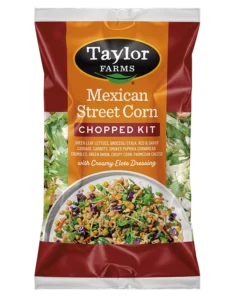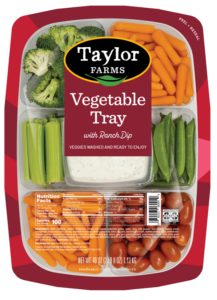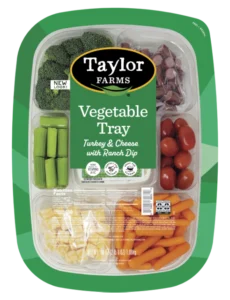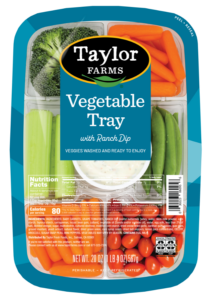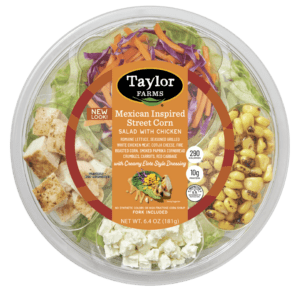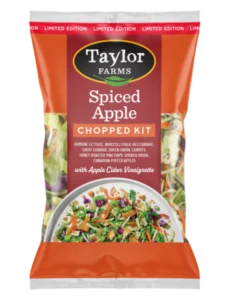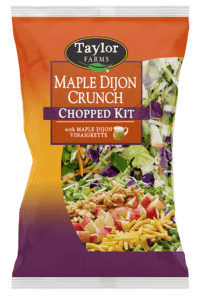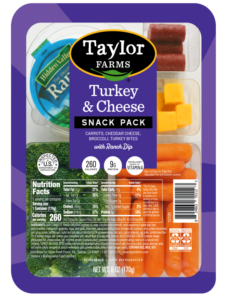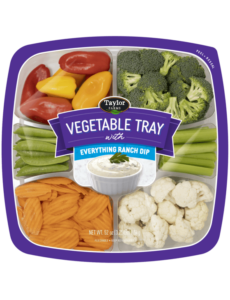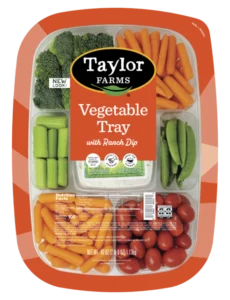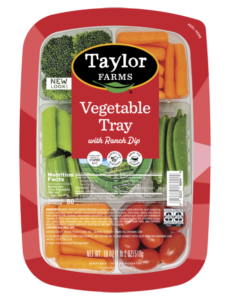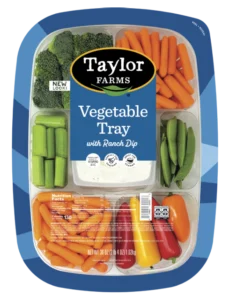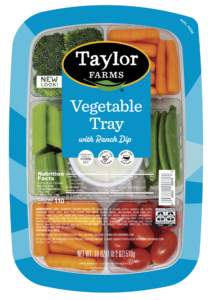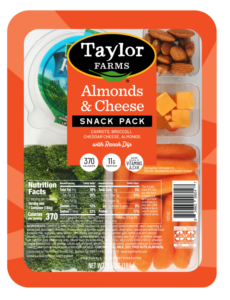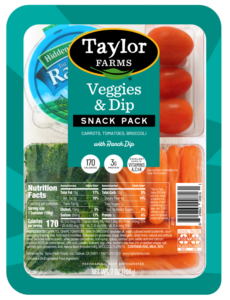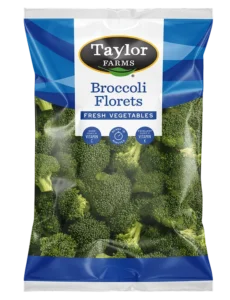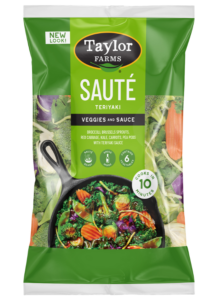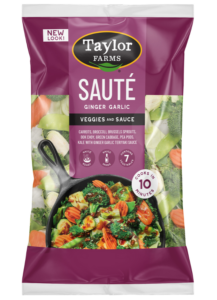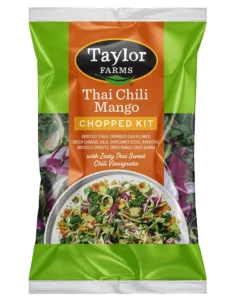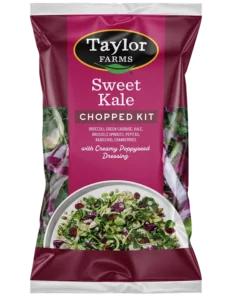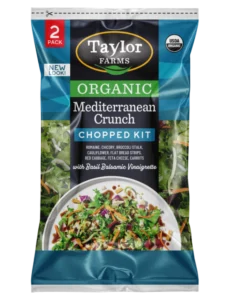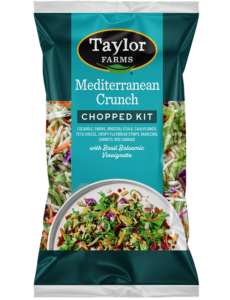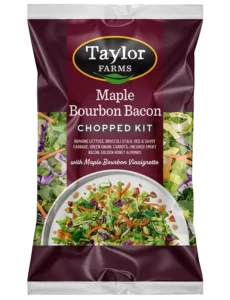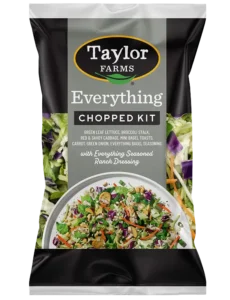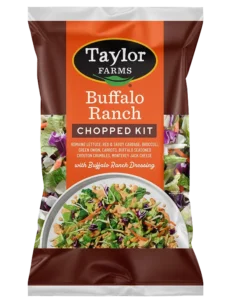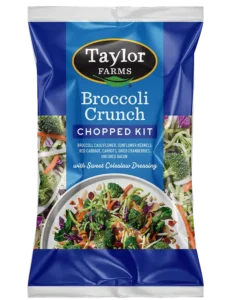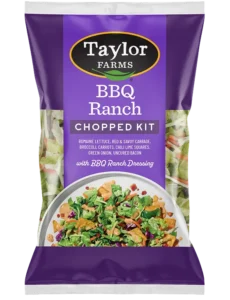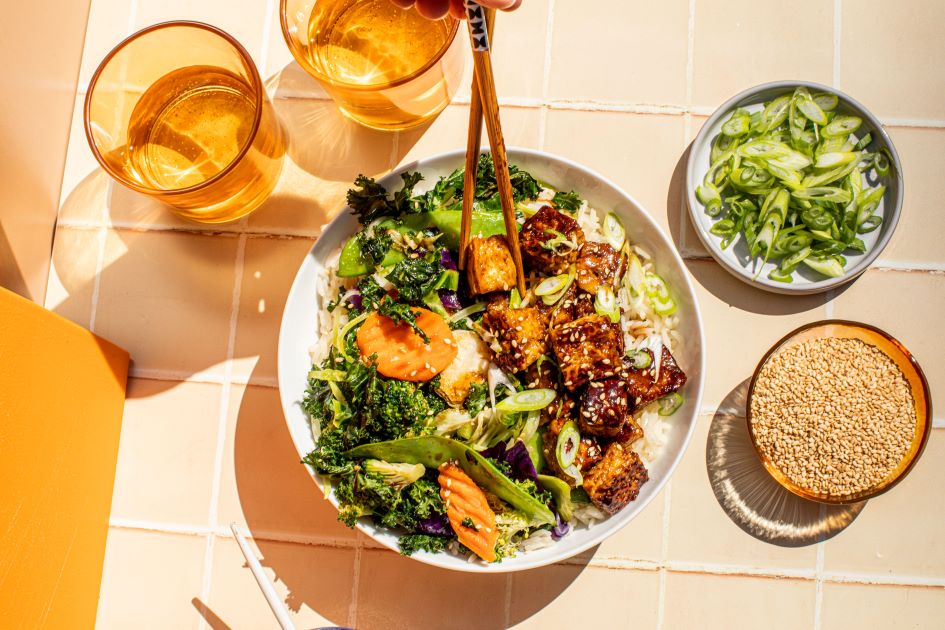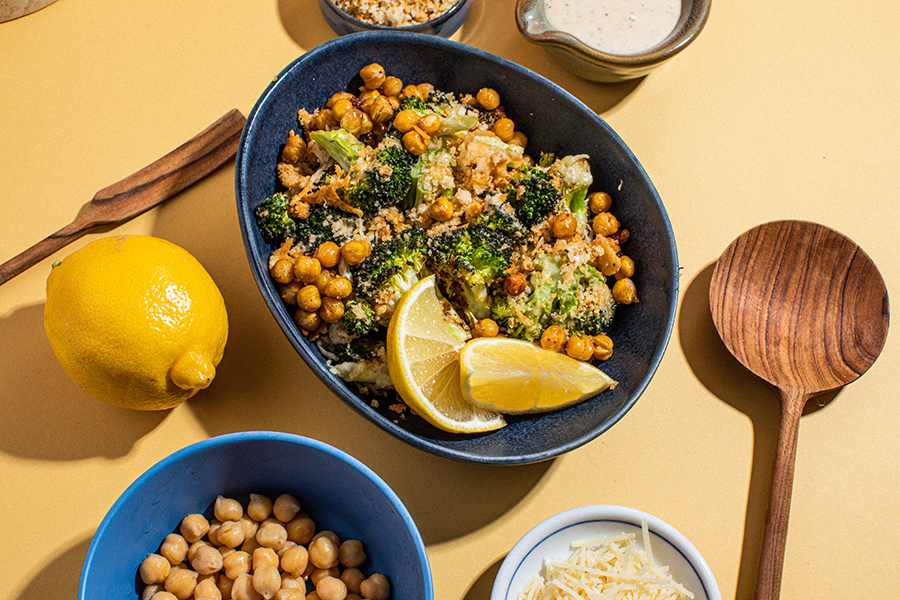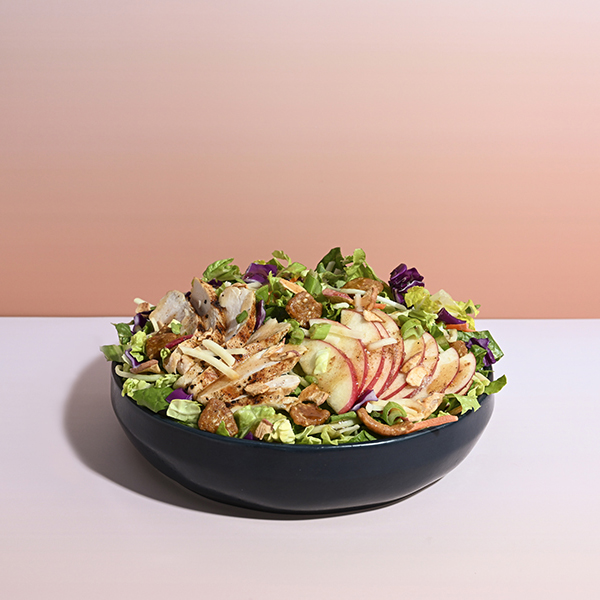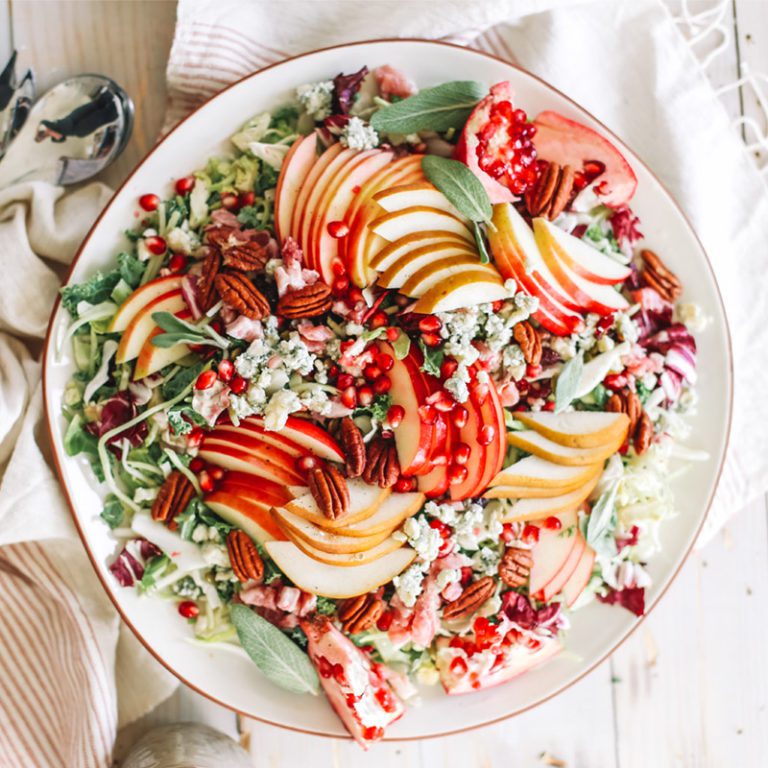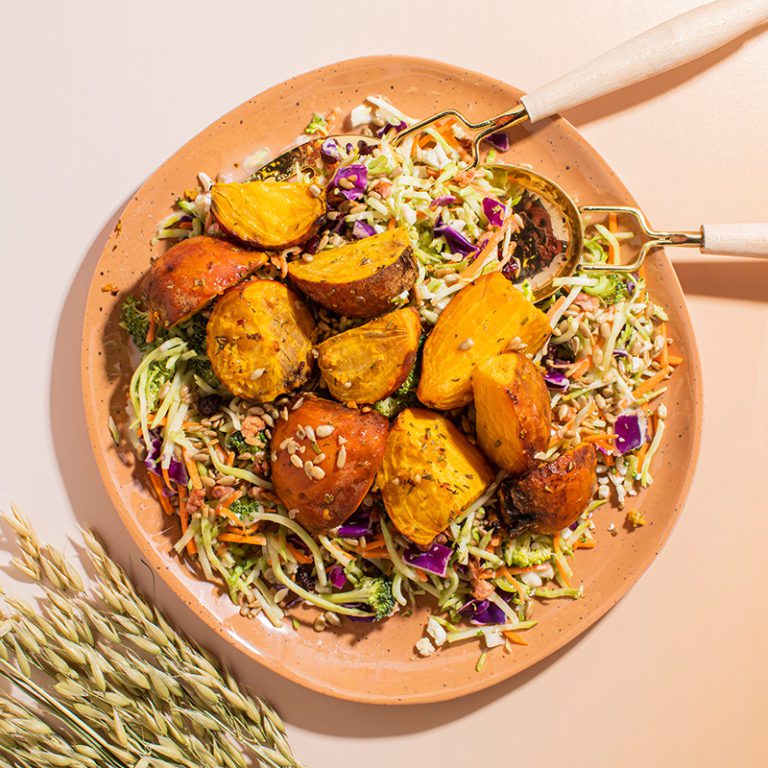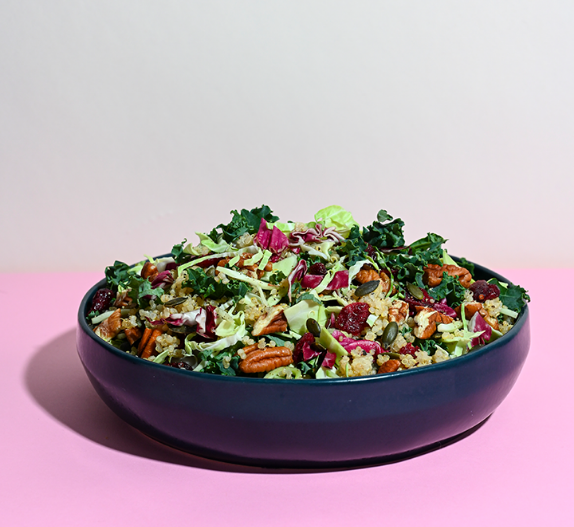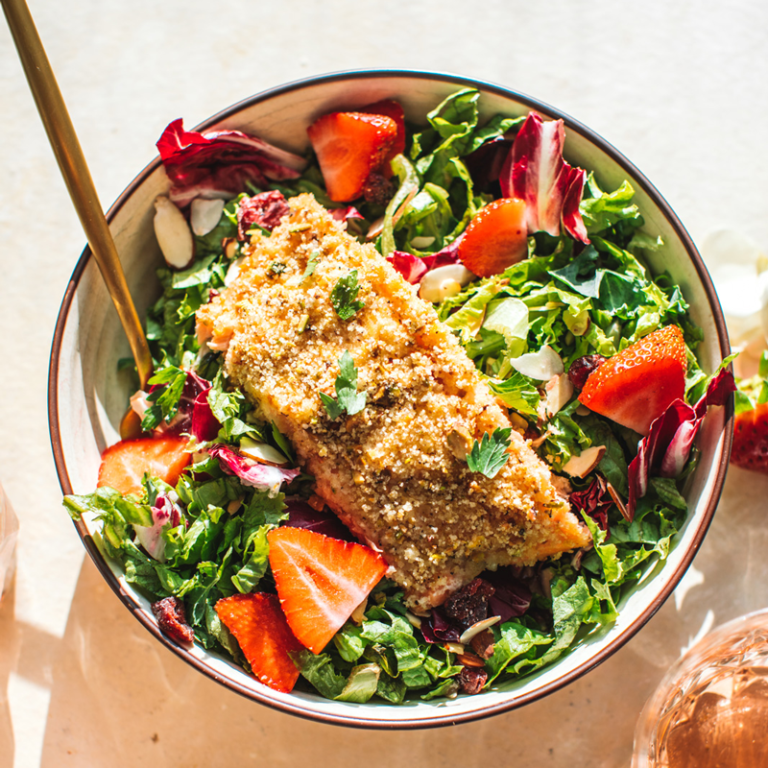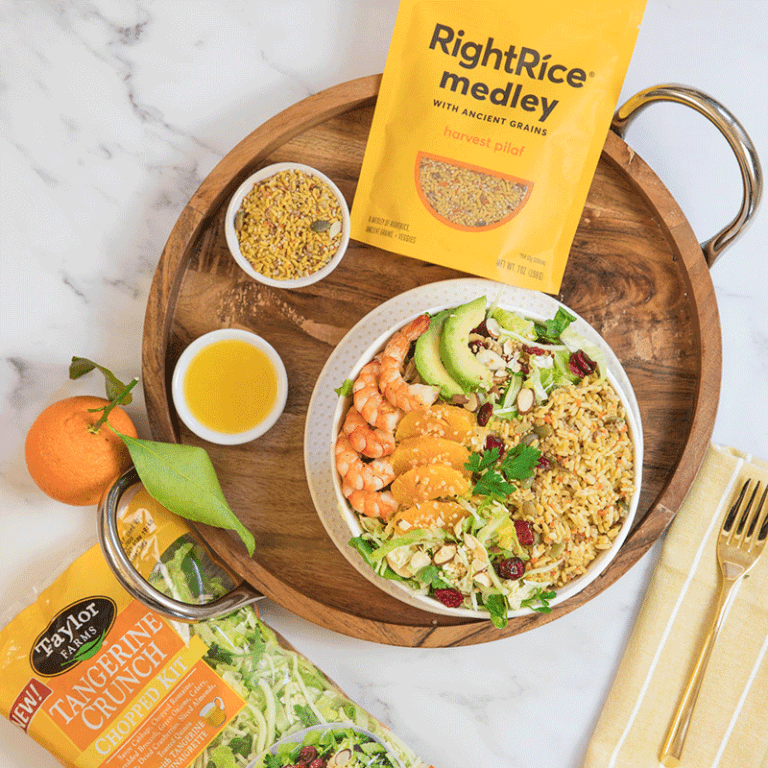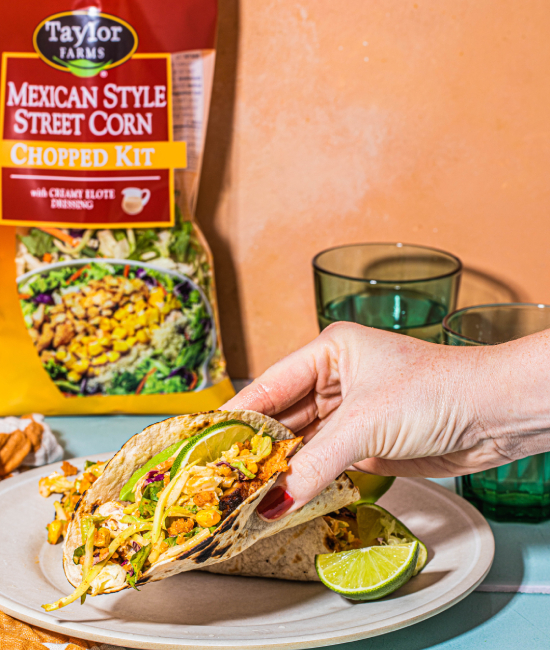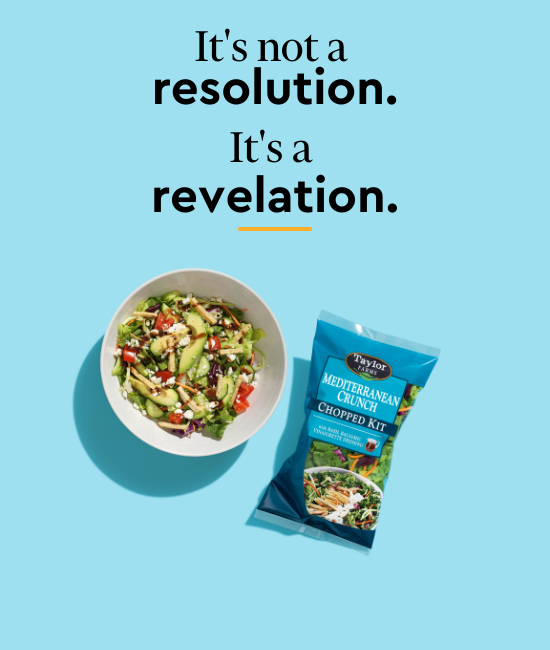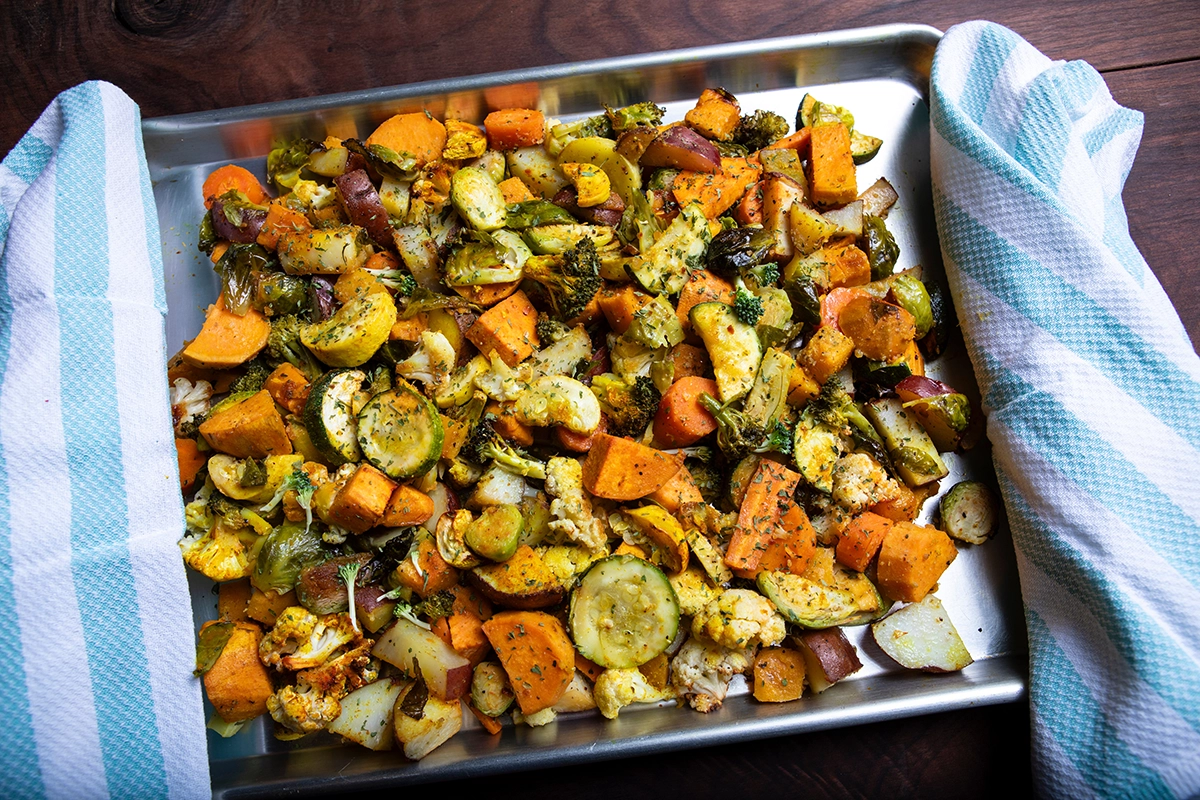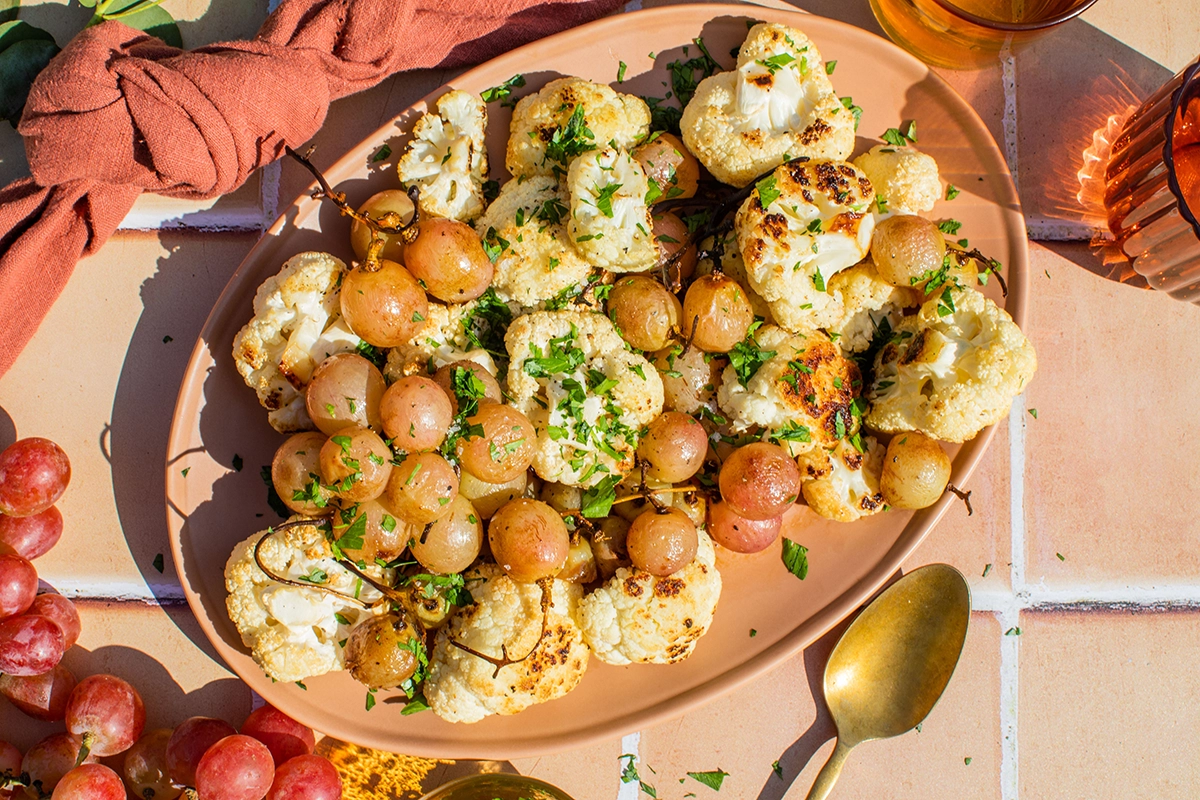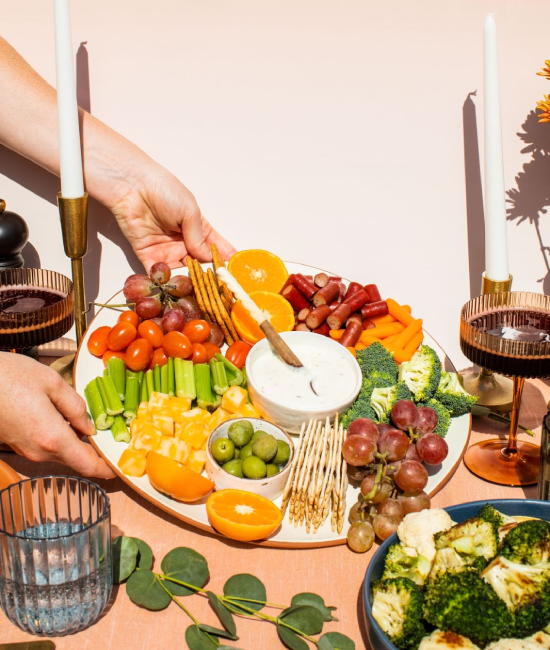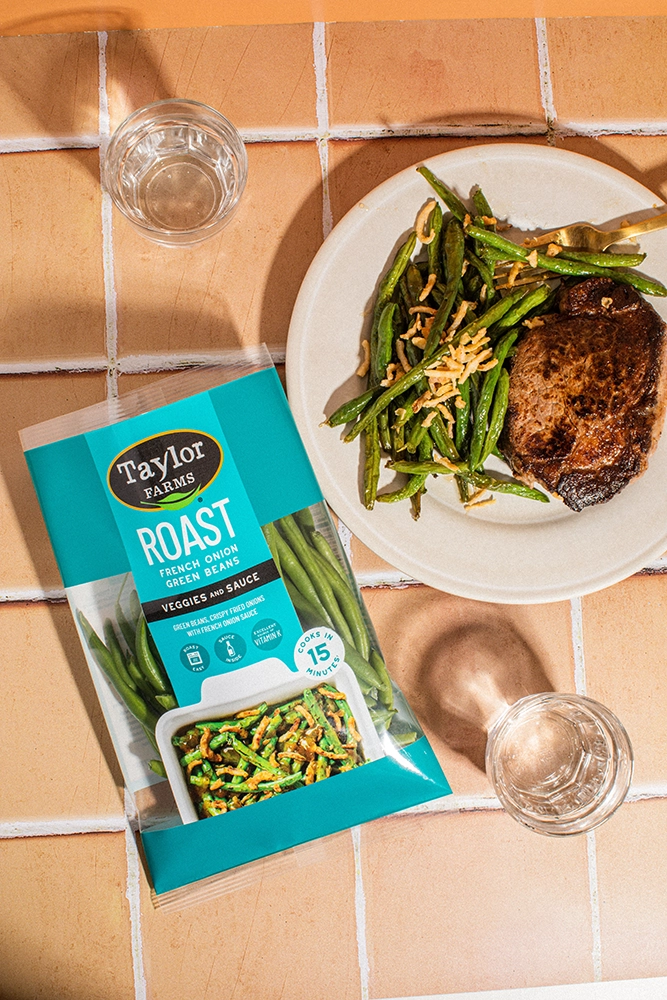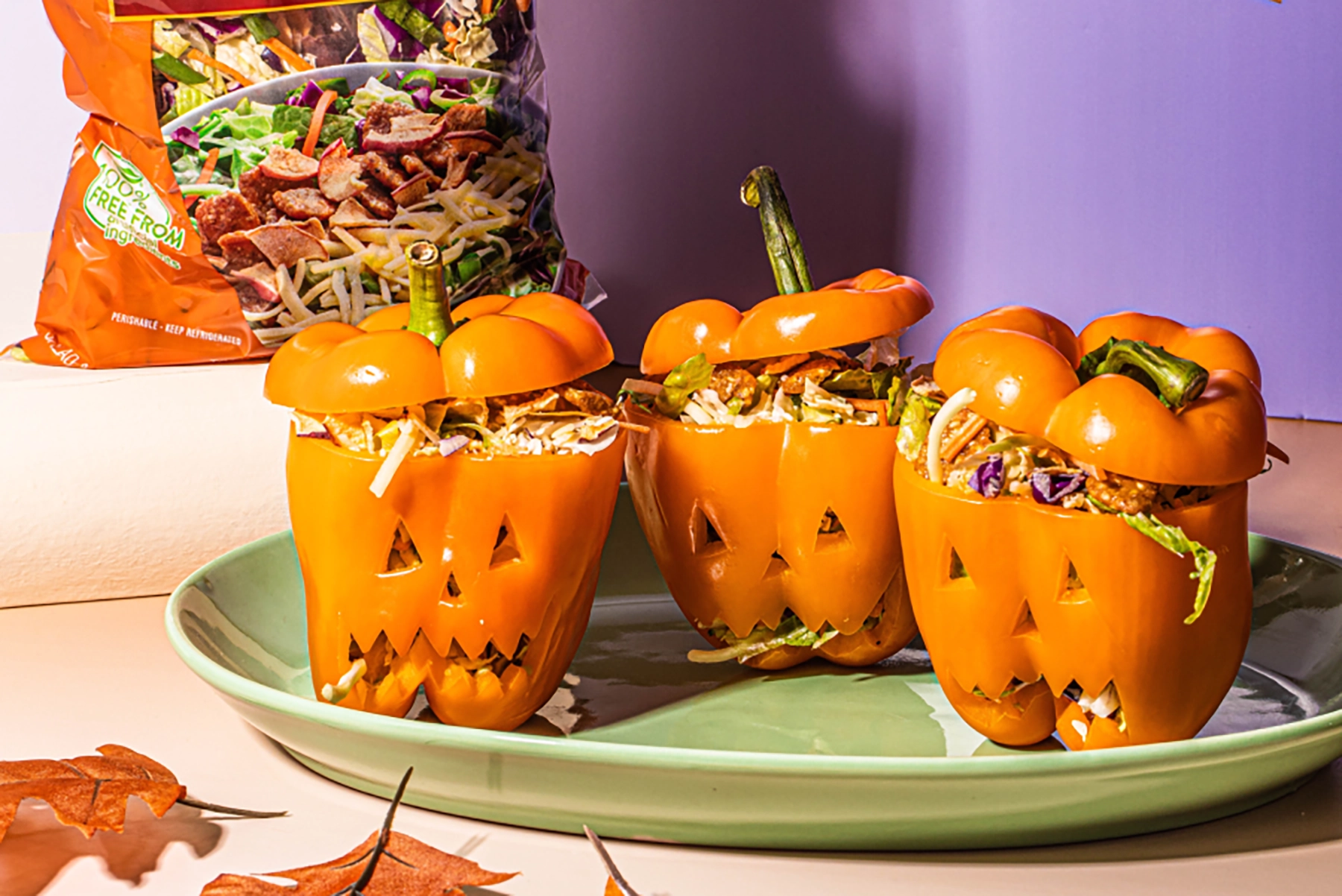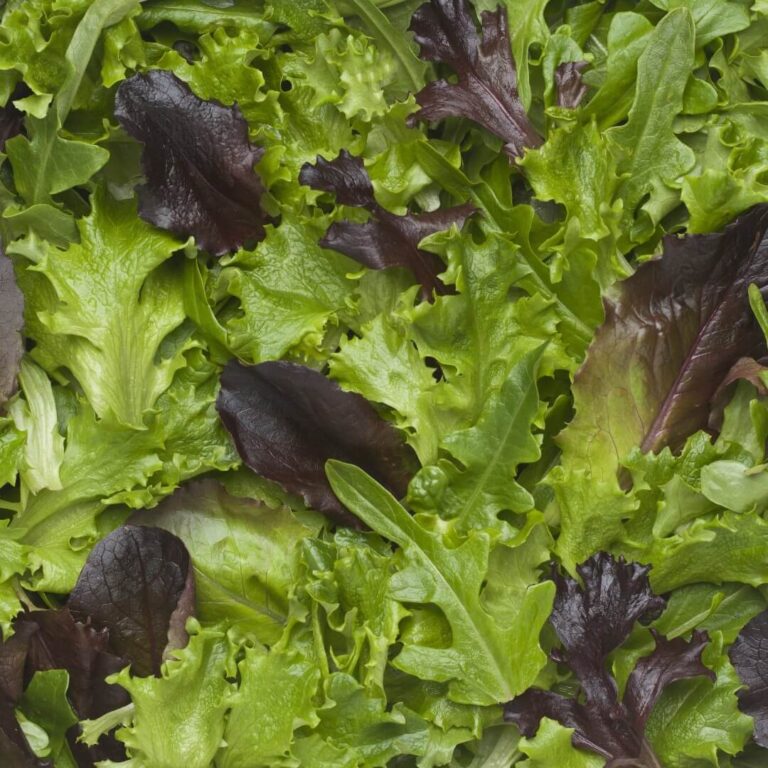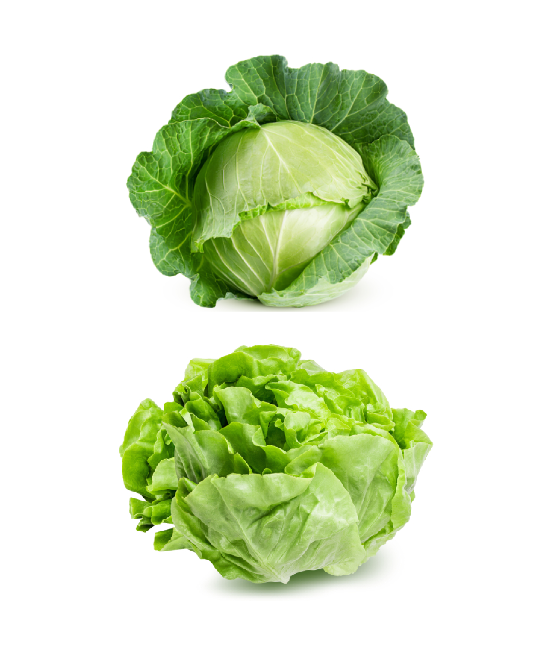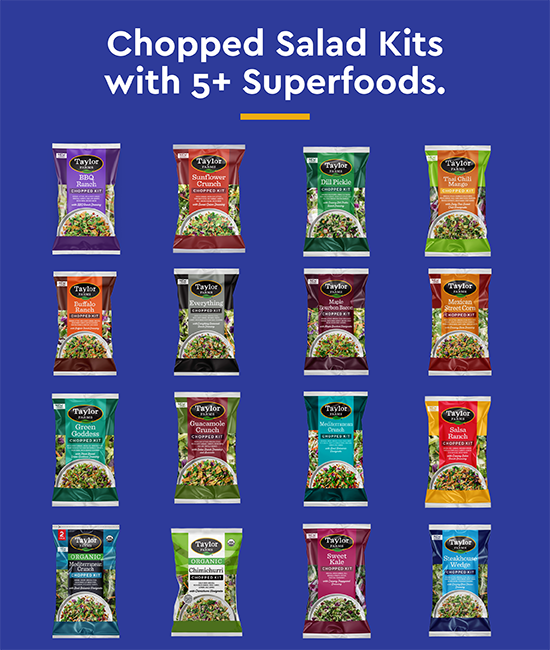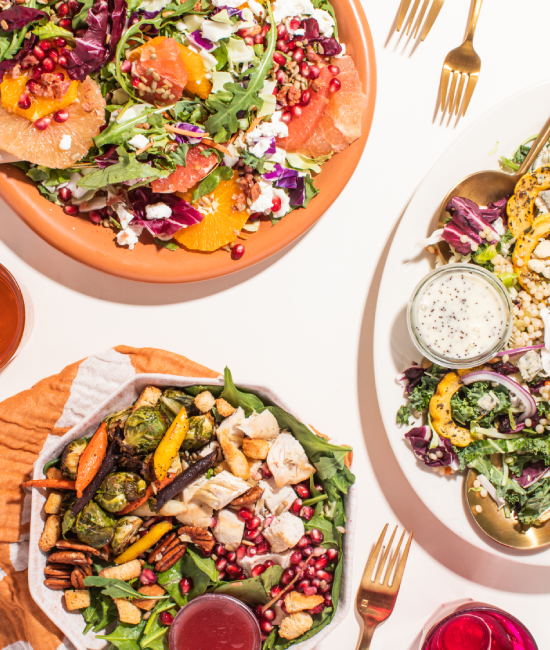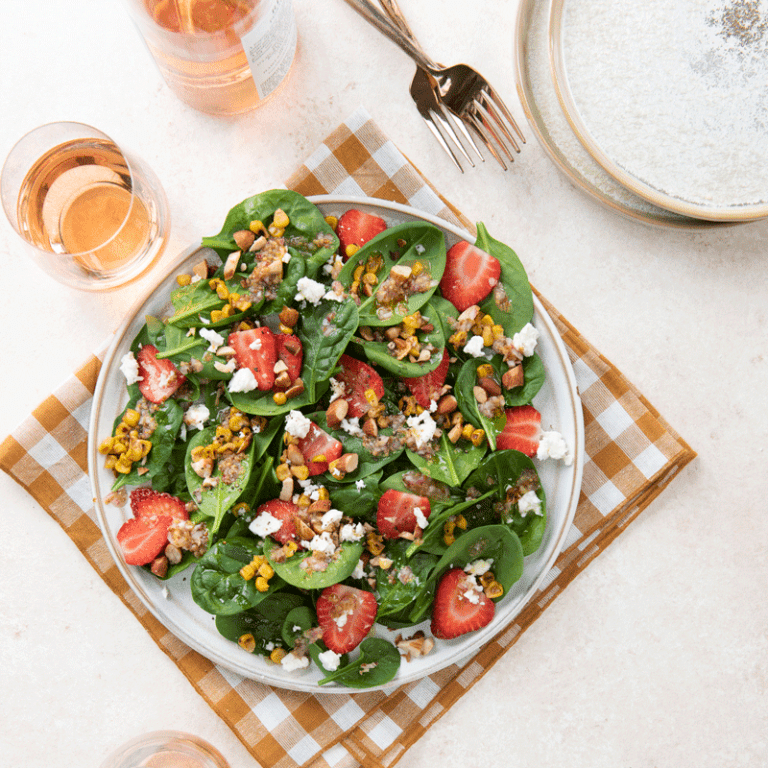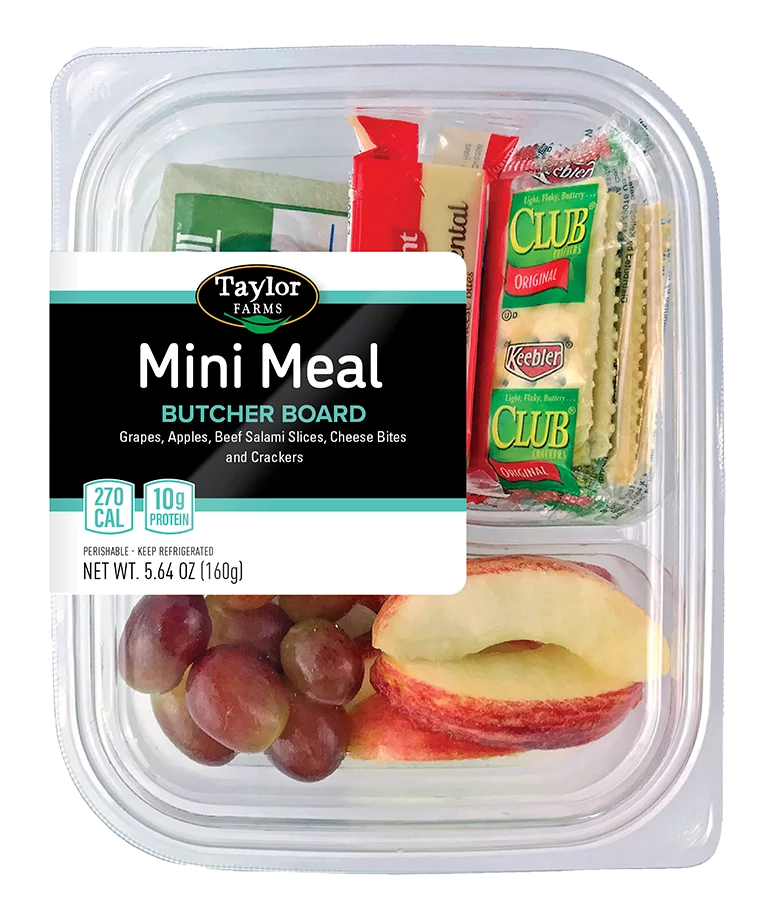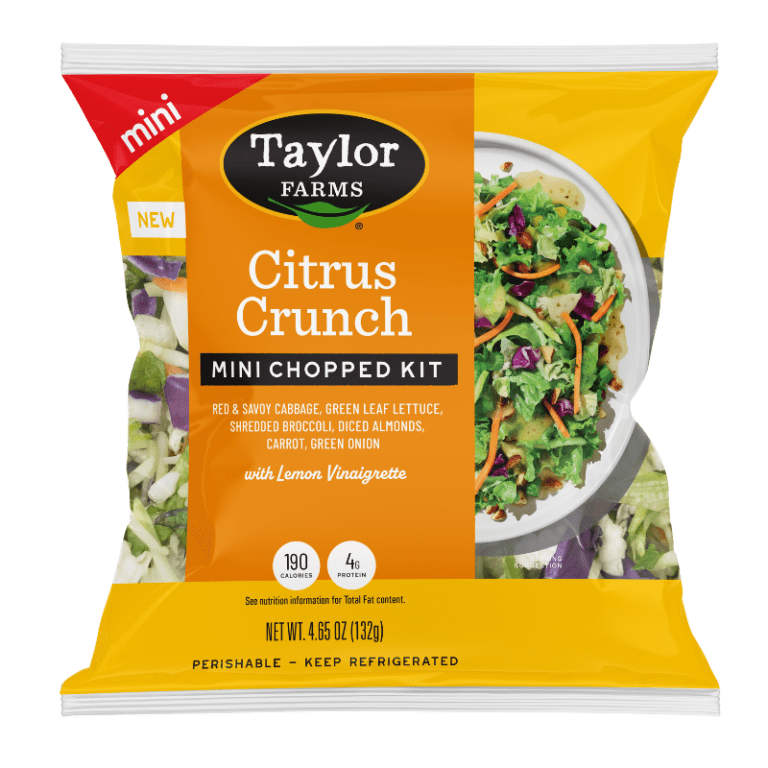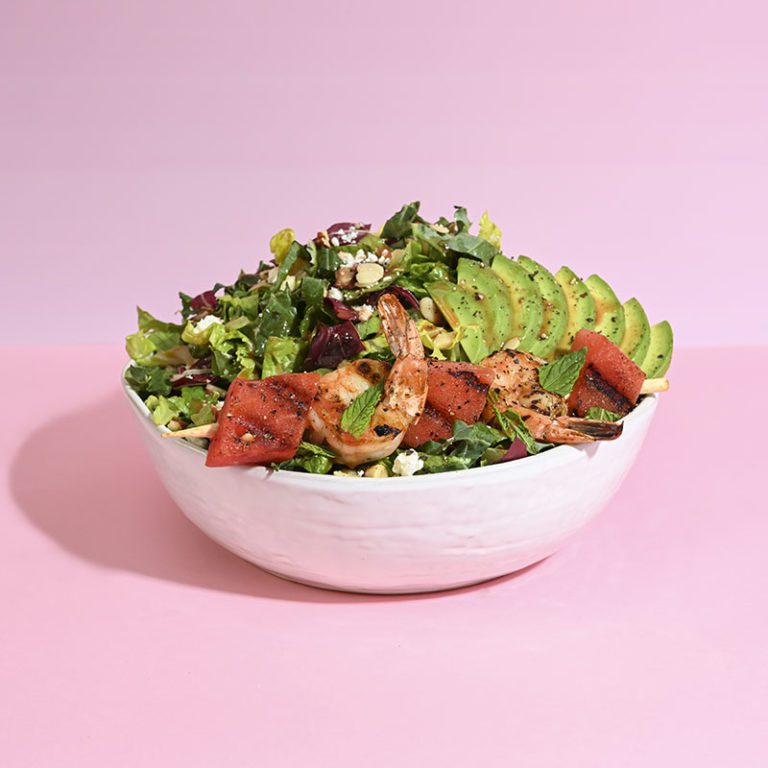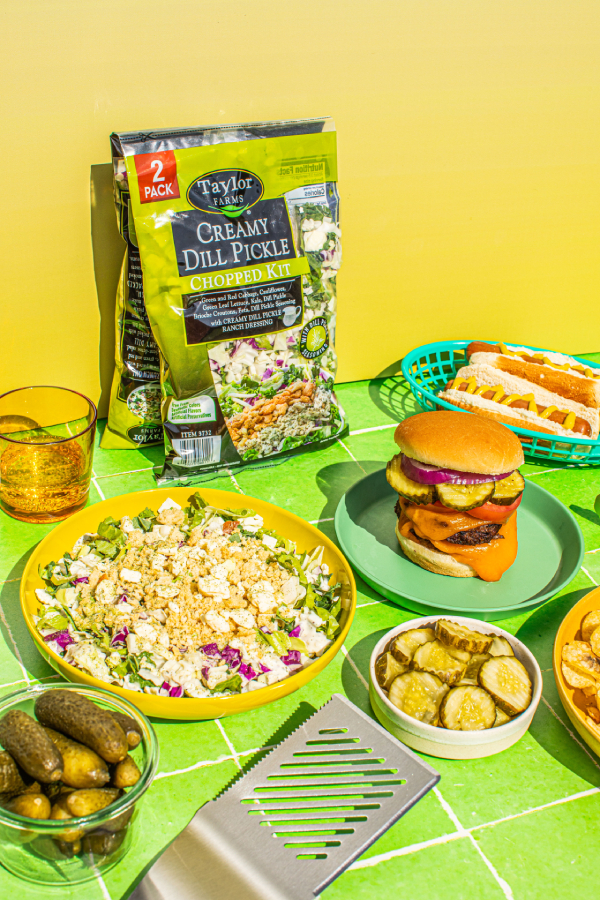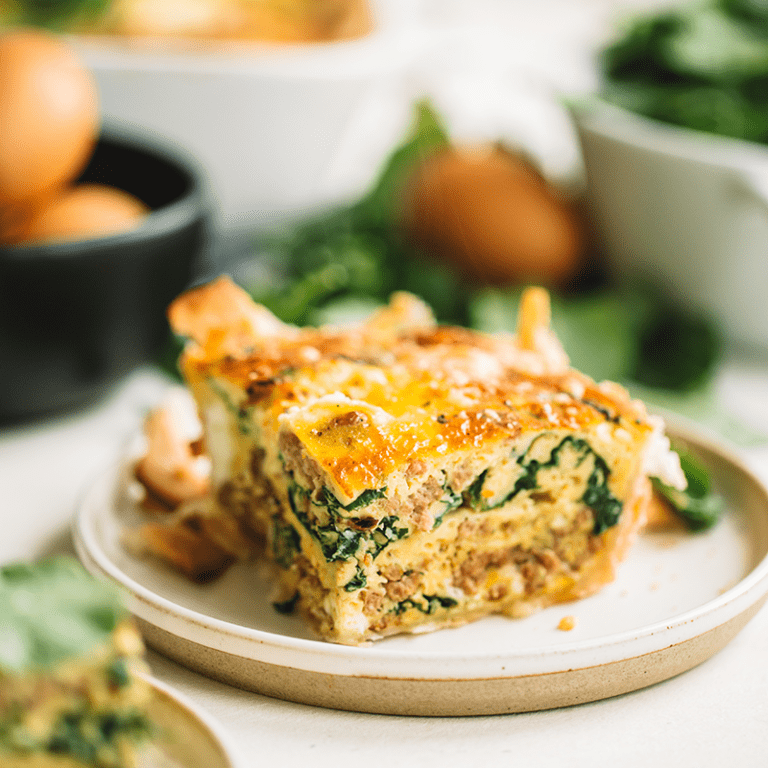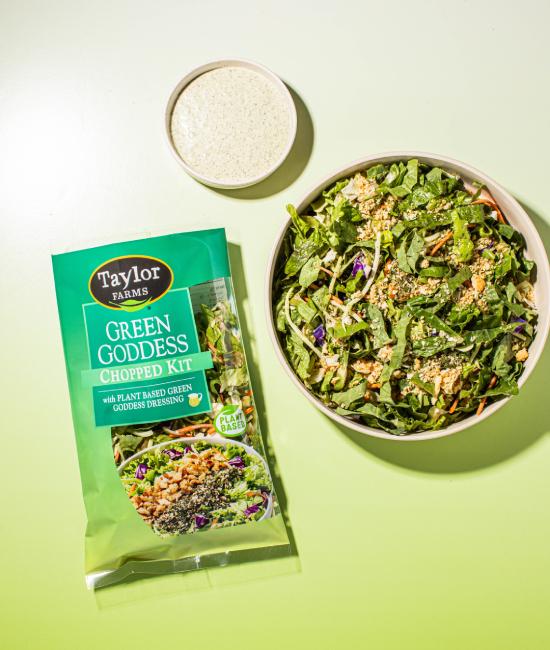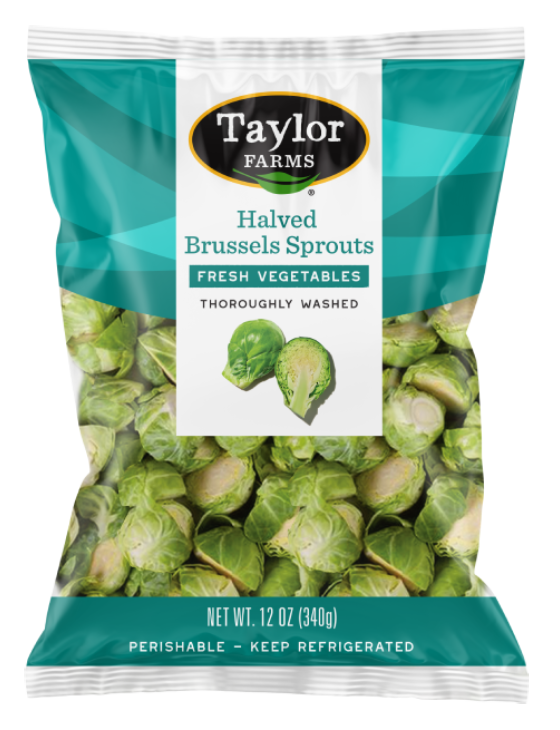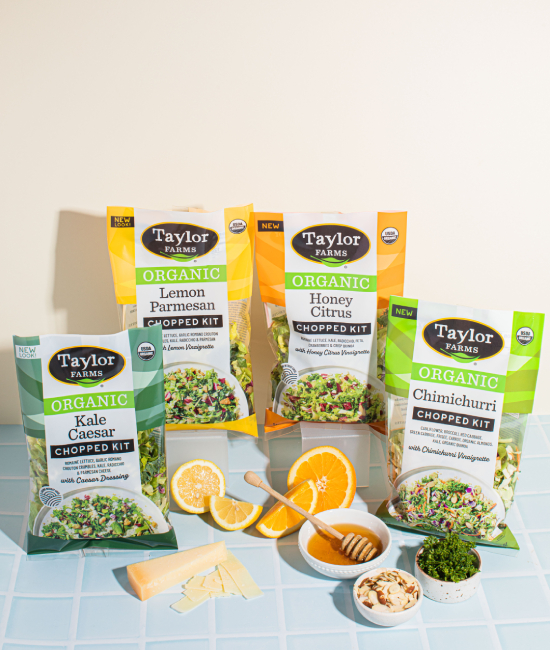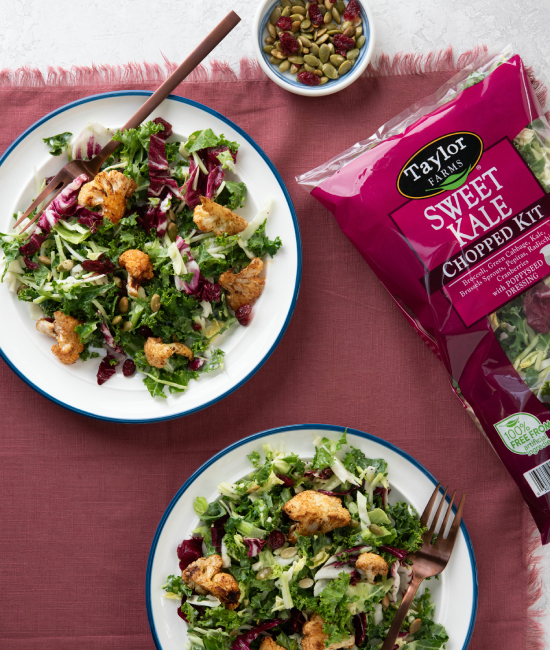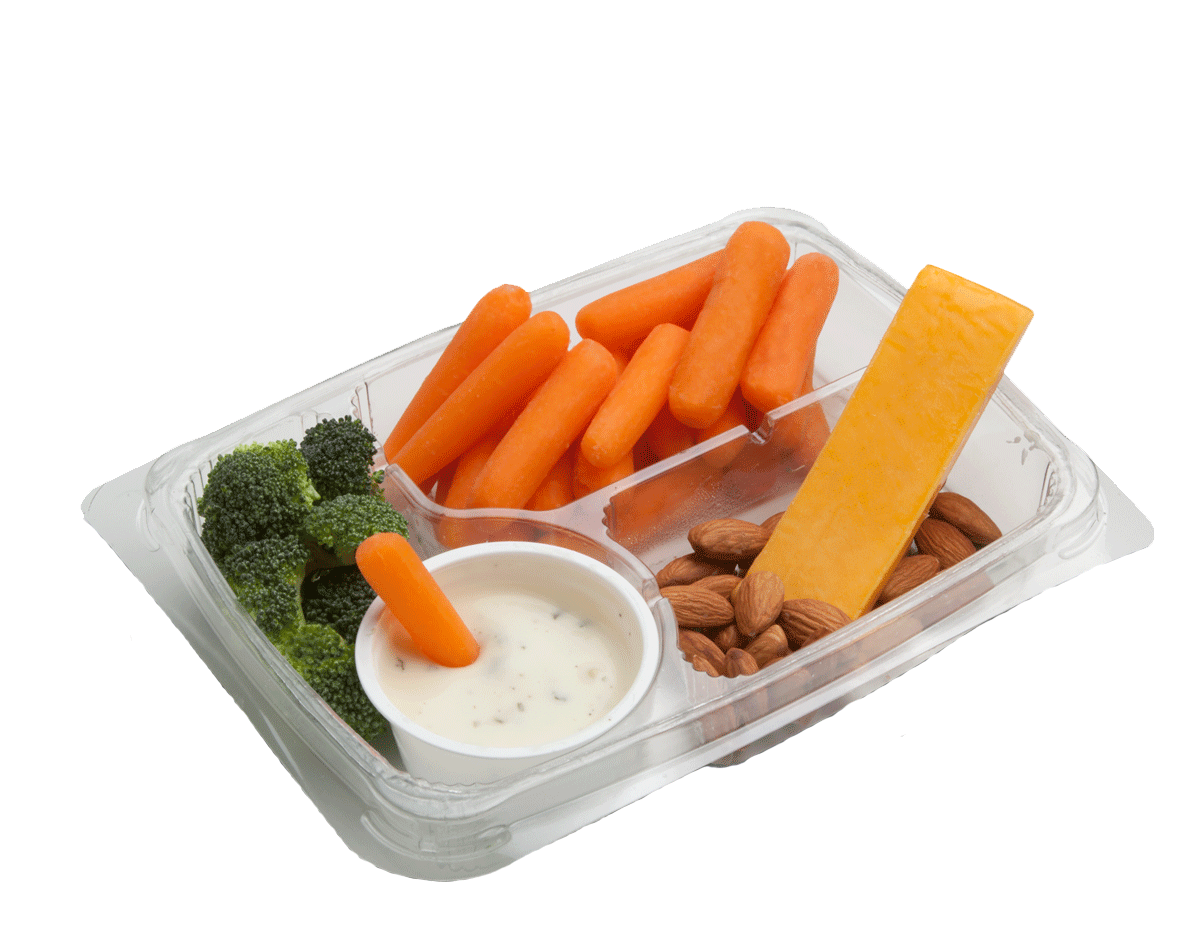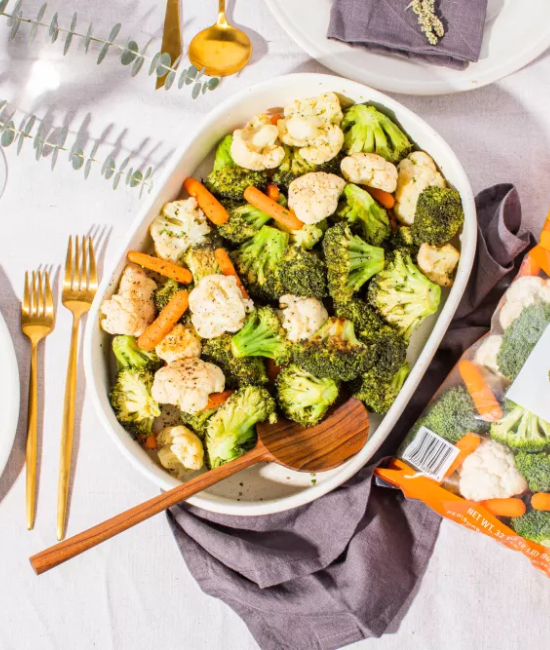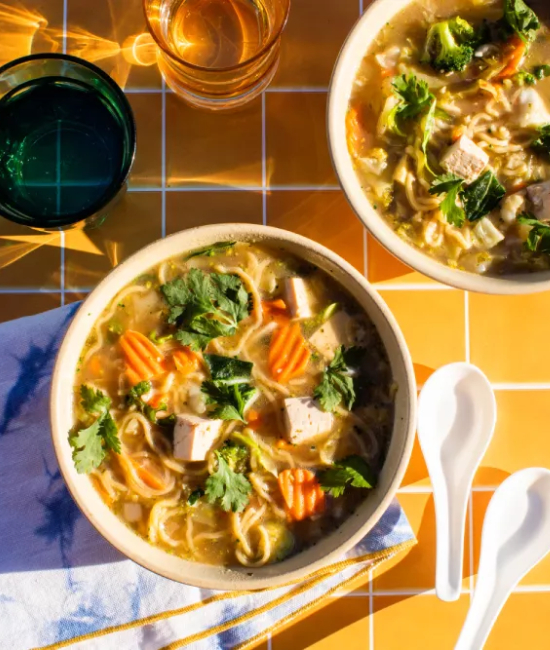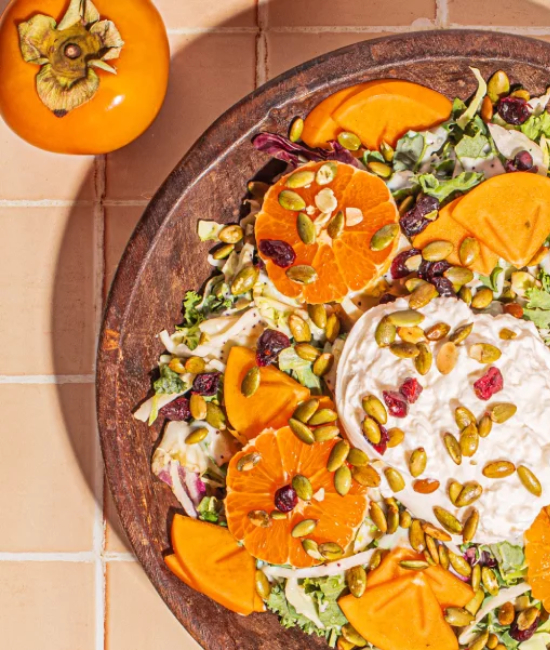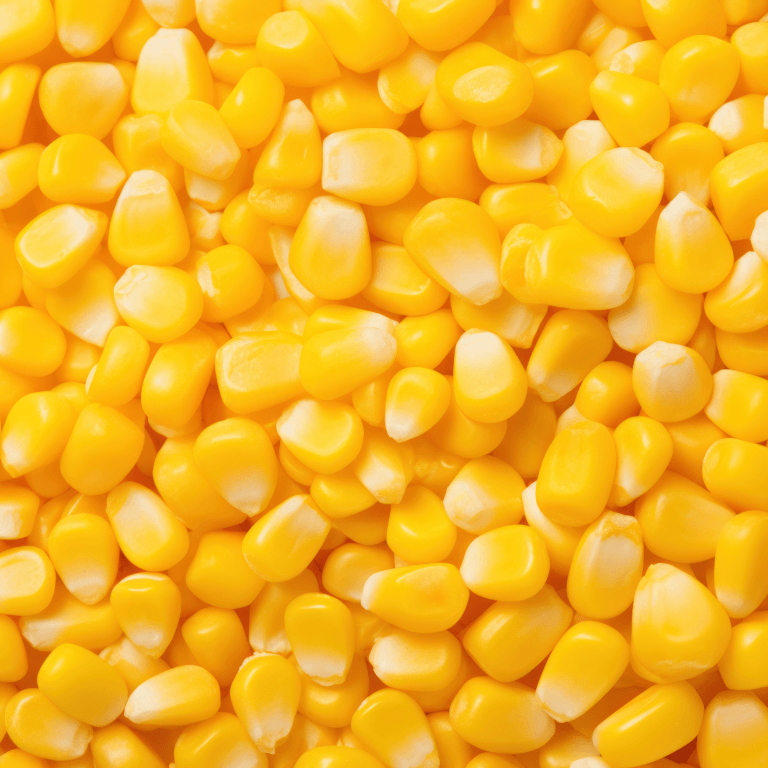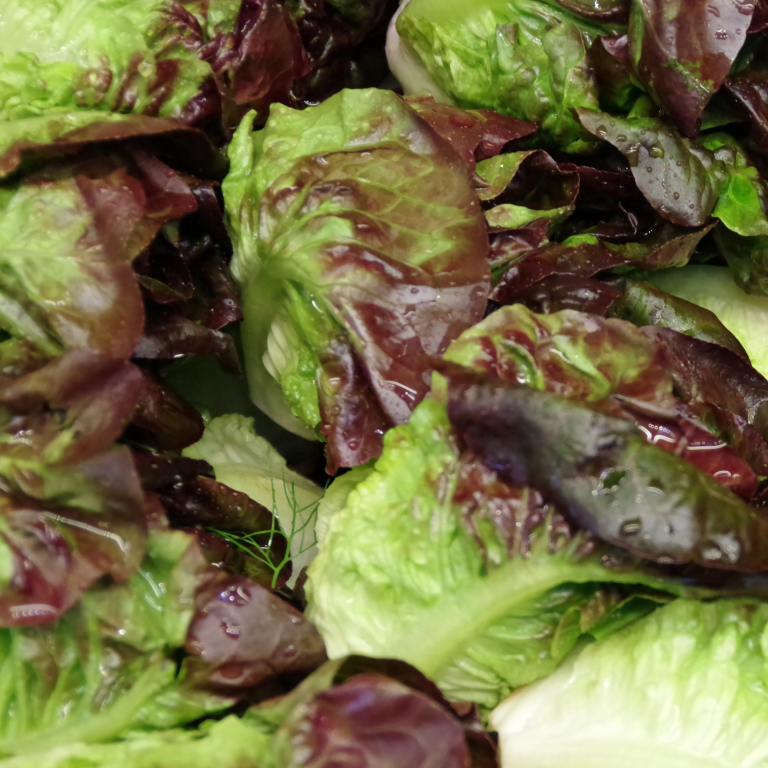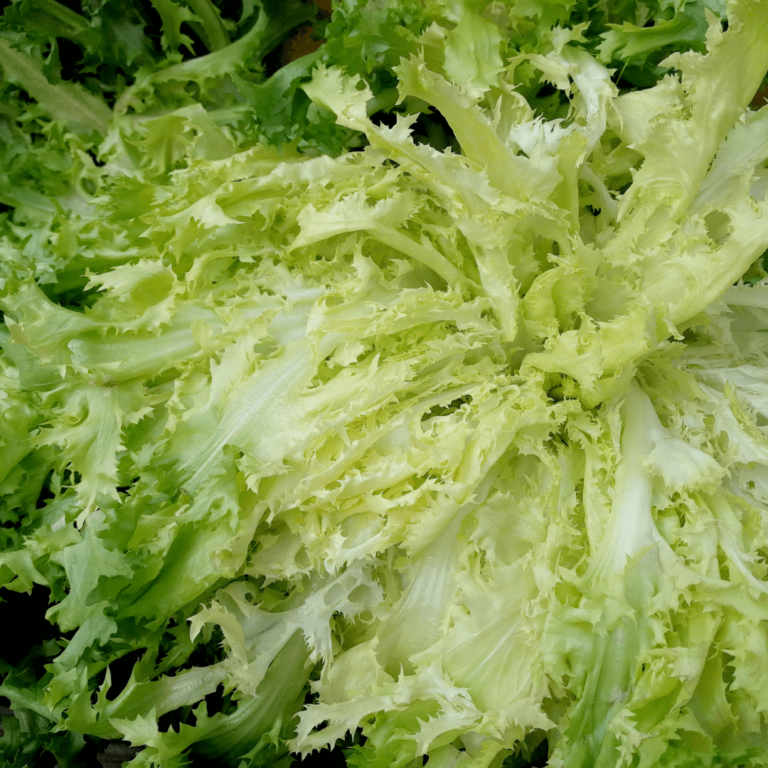Broccoli at a Glance
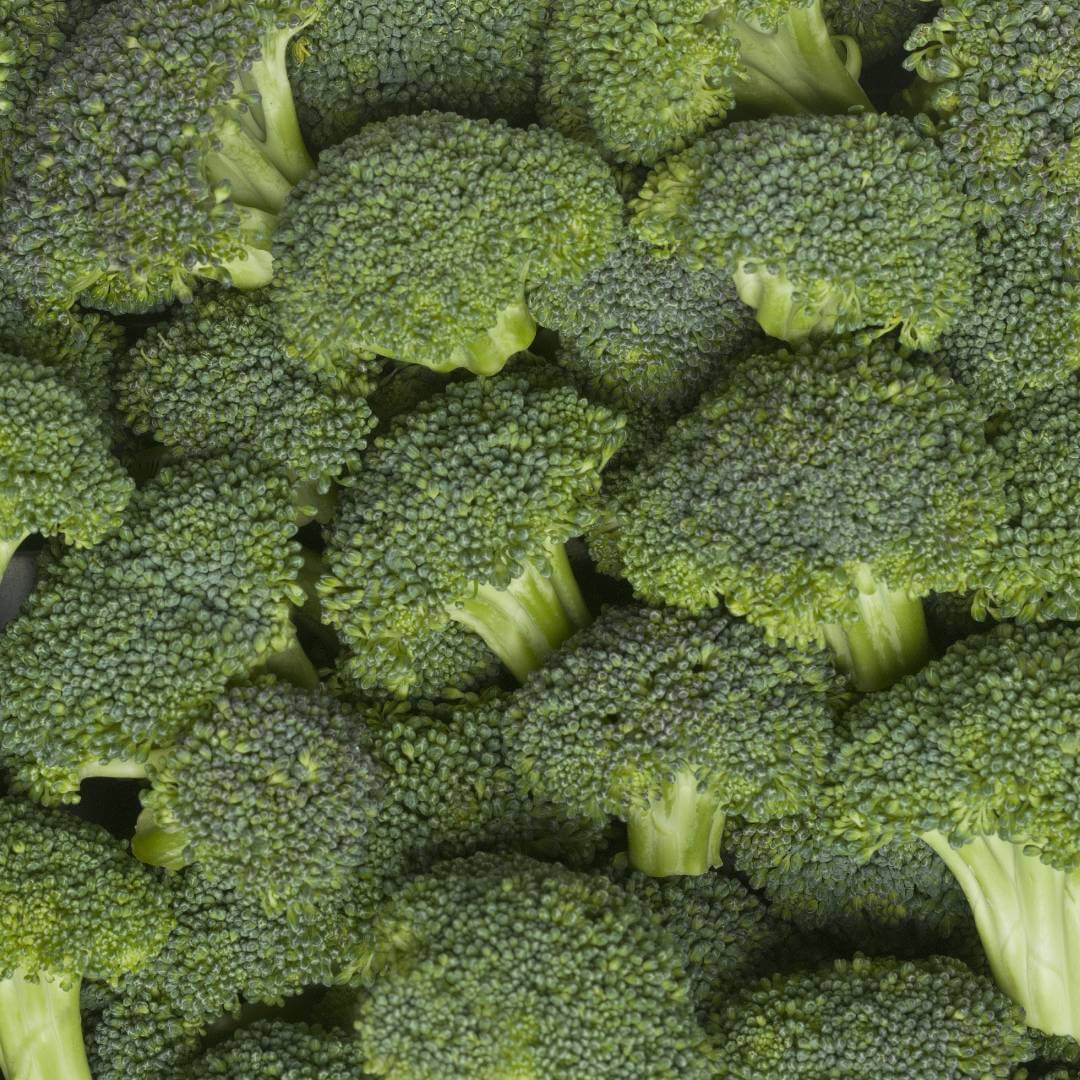
Scientific Name: Brassica oleracea
Family: Brassicaceae
In Season: Broccoli is typically in season during the cooler months, such as fall and winter. Varieties: There are several varieties of broccoli, including notable ones like Calabrese, Romanesco, and Purple Sprouting.
Great for: Salads, stir-fries, quiches, and soups. When served as a side, broccoli can be roasted, sauteed, steamed, or baked.
Broccoli Nutrition
Vitamin C
Potassium, calcium, magnesium, and iron
Antioxidant powerhouse
Common Questions about Broccoli
The flavor of fresh, raw broccoli could be described as a delightful combination of mild bitterness and subtle sweetness, while the raw florets provide a satisfying crunch. Some describe the taste of raw broccoli as slightly “earthy” or grassy, adding a nice depth to its flavor.
Once cooked, the flavor of broccoli becomes more pronounced and nuanced. The cooking process softens the florets, creating a tender texture. Steamed broccoli retains its vibrant green color and develops a milder, slightly sweeter flavor compared to raw broccoli. The bitterness often mellows out as well.
When roasted, broccoli takes on a delightful caramelized flavor, offering a hint of nuttiness. The cooking process also enhances the vegetable’s earthy undertones, making it an ideal companion for lots of seasonings and sauces. Finally, a quick stir-fry or sauteing of broccoli essentially “wakes up” its flavors while retaining much of its original crunchy texture.
Growing broccoli
To determine when broccoli is ready to be picked when growing in your garden or farm, keep an eye on the following signs:
- Head formation: The central head of the broccoli should be fully formed, dense, and compact. It typically reaches a size of around 4 to 7 inches in diameter (depending on the variety).
- Color: The head should be a deep green color. If the color starts turning yellow, it may be a sign of overripeness and the onset of flowering.
- Floret tightness and stalk thickness: The individual florets within the head should be tightly packed without visible separation or opening. (Florets that are spread apart can indicate overripeness.) The main stalk supporting the head should be sturdy and thick.
You should begin checking your broccoli crop for harvest around 60 to 85 days from transplanting, depending on the variety. Harvest the central head by cutting it with a sharp knife just below the head. This will leave the plant intact for potential side shoot development, saving you plenty of time and effort from replanting.
Purchased broccoli
When buying fresh broccoli, look for heads that are firm and compact with a deep green color. Avoid heads with yellowing, browning, or wilted leaves, as they may indicate deterioration. You should then smell the broccoli to ensure it has a fresh, mild, and slightly sweet scent. Avoid any broccoli with an off or pungent odor. For an extra check, gently squeeze the head and disregard any broccoli with a soft or mushy texture, as it may be past its prime.
Fresh broccoli is best stored in the refrigerator. Before storing, inspect the broccoli for any signs of decay or yellowing and remove any damaged or discolored florets so they don’t spoil the rest. Place your broccoli in a perforated plastic bag or loosely wrap it in a damp paper towel to help retain moisture and prevent wilting. Properly stored broccoli can remain fresh for up to a week.
Yes. But keep in mind that freezing broccoli will affect its taste and texture. Consider blanching it before freezing if you plan to store it for an extended period.
Broccoli tends to thrive in regions with mild temperatures, adequate sunlight, and well-drained soil. It is commonly grown in several countries, including the United States (particularly California, Arizona, and Texas), China, India, Mexico, Italy, Spain, France, and numerous other regions around the globe.
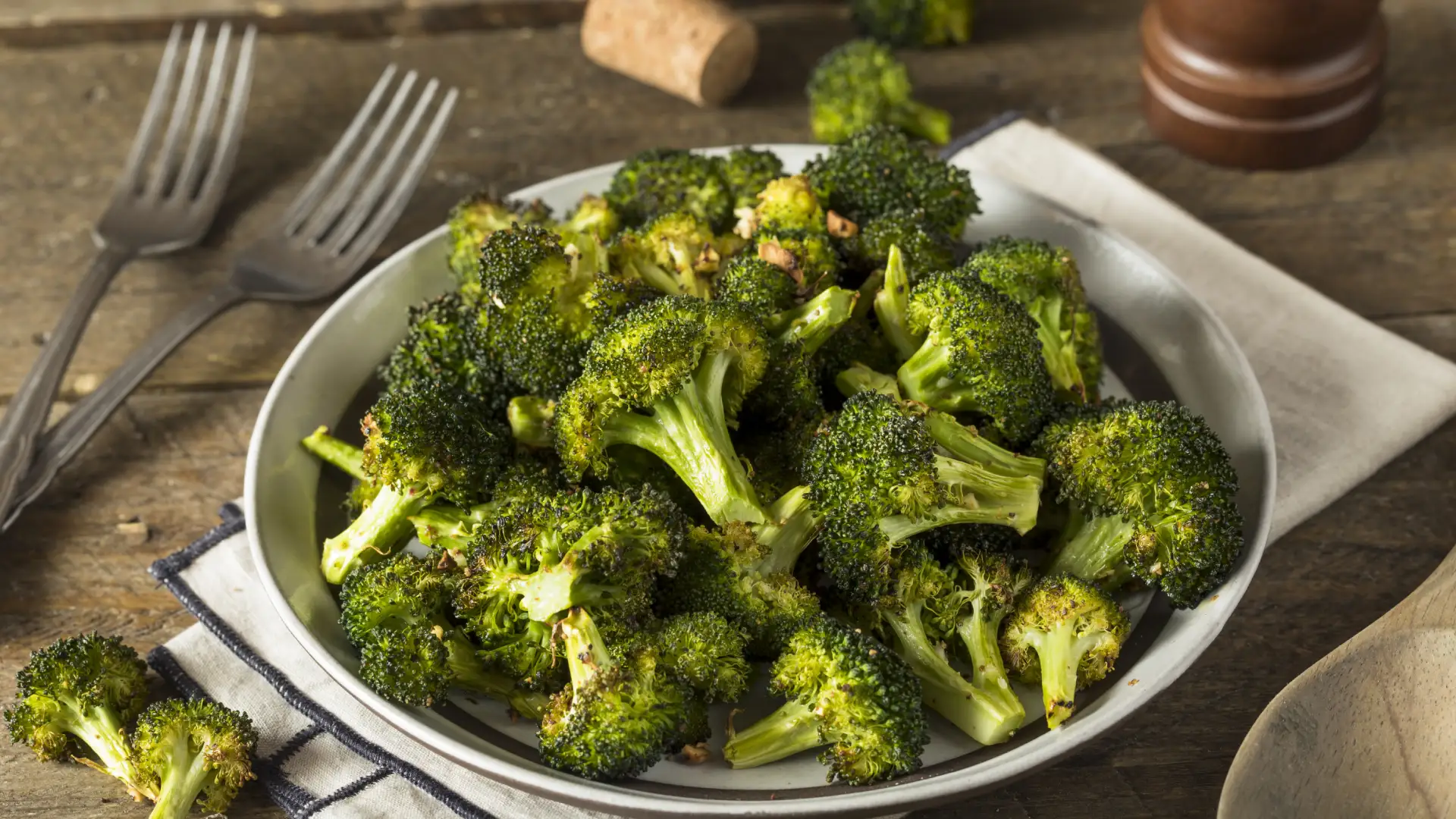
How to cook & serve broccoli
Broccoli can be cooked in countless ways, allowing you to explore different flavors and textures. Although it can be served on its own as a separate dish, broccoli is most often combined with other ingredients ranging from root vegetables to proteins like beef and chicken.
Steamed: Steaming broccoli helps retain its deep color and nutrients. Simply place broccoli florets in a steamer basket over boiling water and cook for 4-6 minutes until tender-crisp. Serve steamed broccoli as a nutritious side dish, or top it with cheese sauce for a classic, kid-friendly meal.
Roasted: Roasting broccoli enhances its natural sweetness and gives it a delicious caramelized flavor. Toss broccoli florets with olive oil, salt, and pepper, then roast in a preheated oven at 425°F for 20-25 minutes until slightly charred and tender. Roasted broccoli pairs well with grilled meats and can also be tossed with pasta or grains.
Stir-frying: Stir-frying broccoli quickly cooks it while maintaining its color and crispness. Heat oil in a wok or skillet, add broccoli florets and cook over high heat for 3-5 minutes until vibrant green and tender-crisp. Add soy sauce, garlic, ginger, red pepper flakes, lemon, or other seasonings for extra flavor. Serve stir-fried broccoli as a side dish or in Asian-inspired stir-fries with protein and noodles or rice.
Blanching: Blanching involves briefly boiling broccoli and then immersing it in ice water to stop the cooking process, which helps retain the broccoli’s color, crispness, and nutrients. Blanch broccoli florets in boiling water for 2-3 minutes, then transfer to ice water. You can use blanched broccoli in salads, pasta dishes, or as a vegetable platter component.
Grilling: Grilling broccoli infuses it with deep, smoky flavors and also adds an alluring char. Toss broccoli florets with olive oil, salt, and pepper, then grill over medium-high heat for 5-7 minutes, turning occasionally, until lightly charred and tender. Grilled broccoli can be served as a side dish topped with lemon, in grain bowls, or alongside grilled meats like steak and chicken.
Broccoli pairs well with a variety of sauces like lemon butter, garlic Parmesan, or sesame ginger. It’s also excellent in soups, quiches, and casseroles.

